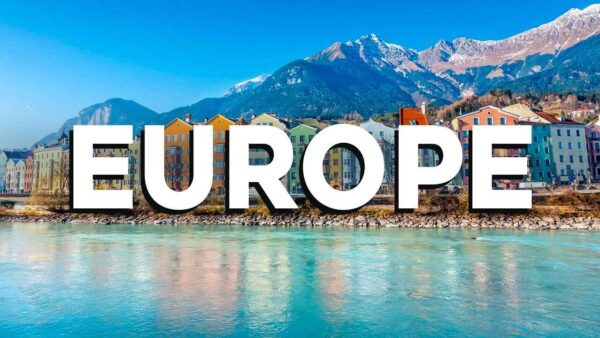Hawaii, the crown jewel of Polynesia, beckons travelers with its stunning landscapes, vibrant culture, and endless opportunities for adventure. But when is the ideal time to experience this tropical paradise? The answer, like the islands themselves, is multifaceted. This guide delves into the key factors and considerations to help you plan your dream Hawaiian escape, tailored to your specific preferences.
1. Weather Bliss: Sunshine, Showers, and Seasonal Shifts
Hawaii boasts a warm and pleasant climate year-round, with average temperatures ranging from 78°F (26°C) to 86°F (30°C). However, subtle seasonal variations influence rainfall patterns, wind conditions, and overall comfort levels.
- Spring (March-May): Often considered the “shoulder season,” spring offers a delightful balance of warm weather with less rain compared to winter. Crowds haven’t yet reached their peak, making it ideal for those seeking a tranquil and affordable experience.
- Summer (June-August): Summer brings sunshine and warm ocean temperatures, perfect for swimming, snorkeling, and sunbathing. However, this peak season also coincides with increased crowds and higher prices. Be prepared for potential afternoon showers, particularly on the windward sides of the islands.
- Fall (September-November): Another shoulder season, fall offers similar advantages to spring. The weather remains pleasant, crowds start to thin out, and hotel rates become more reasonable. Additionally, fall coincides with the tail end of humpback whale migration, offering a chance to witness these majestic creatures.
- Winter (December-February): While winter experiences slightly cooler temperatures and higher rainfall, it’s still warm enough for most activities. This season also boasts the unique spectacle of humpback whales migrating to Hawaiian waters to breed and calve, a truly unforgettable experience. However, be aware of higher surf conditions, which may not be ideal for all water activities.
2. Island Hopping: Diverse Climates and Microclimates
It’s important to remember that Hawaii is an archipelago, meaning each island has its unique microclimates. Some general trends exist for those planning a Honeymoon in the USA.
- The Big Island: The island experiences the most diverse weather patterns, with drier areas like Kona and Kohala contrasting with the rainforests of Hilo.
- Maui: The windward east side receives more rain than the leeward west, which is known for its sunny beaches.
- Oahu: Similar to Maui, Oahu’s south shore enjoys drier weather compared to the rainier north shore.
- Kauai: Nicknamed the “Garden Isle,” Kauai receives the most rainfall overall due to its lush mountains. However, the south shore offers drier and sunnier stretches.
- Lanai and Molokai: These smaller islands generally have drier and sunnier weather compared to the larger islands.
When planning your trip, consider the specific island you’ll be visiting and research its unique weather patterns to ensure your activities align with the expected conditions.
3. Festival Fever: Immerse Yourself in Cultural Celebrations
Hawaii is a vibrant cultural hub with diverse festivals and events throughout the year. Aligning your trip with a specific event can enhance your experience and provide a deeper connection to the local culture.
- Merrie Monarch Festival (May): Held in Hilo on the Big Island, this prestigious hula competition showcases the beauty and tradition of this dance form.
- Waikiki Jazz Fest (Fall): Held in Honolulu, this event features renowned international and local jazz artists, transforming Waikiki into a musical haven.
- Kona Coffee Cultural Festival (November): Celebrate the island’s rich coffee heritage on the Big Island through educational workshops, farm tours, and tastings.
- Lantern Floating Festival (December): Witness the mesmerizing spectacle of hundreds of lanterns lighting up the night sky during this cultural celebration on Oahu.
Research upcoming festivals before booking your trip to add a unique cultural dimension to your Hawaiian adventure.
4. Budget Savvy: Balancing Cost and Comfort
Hawaii caters to various budgets, but peak season (summer) generally coincides with the highest travel costs, including flights and accommodation. Here are some tips for budget-conscious travelers:
- Consider the shoulder seasons: Spring and fall offer pleasant weather with lower prices compared to the peak season.
- Explore alternative accommodation options: Look beyond traditional hotels and consider vacation rentals, hostels, or bed and breakfasts.
- Fly during weekdays: Flights tend to be cheaper during non-peak days and times.
- Take advantage of free activities: Hawaii offers a plethora of free or low-cost activities, such as hiking, exploring local beaches, and visiting cultural landmarks.
- Pack light: This allows you to avoid baggage fees and potentially save on checked luggage costs.



